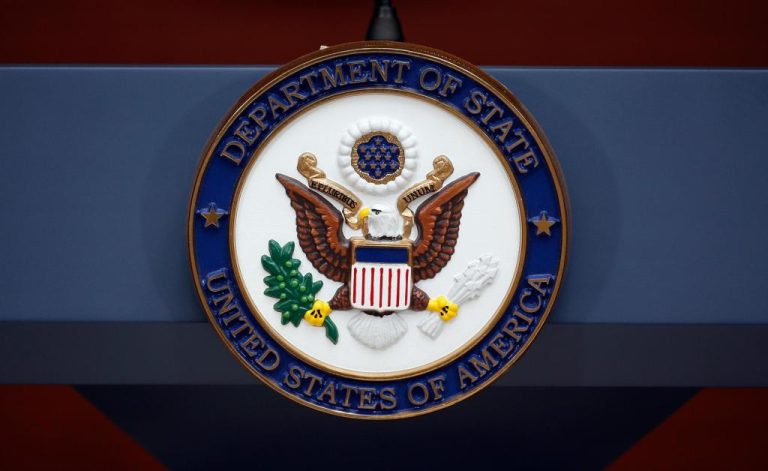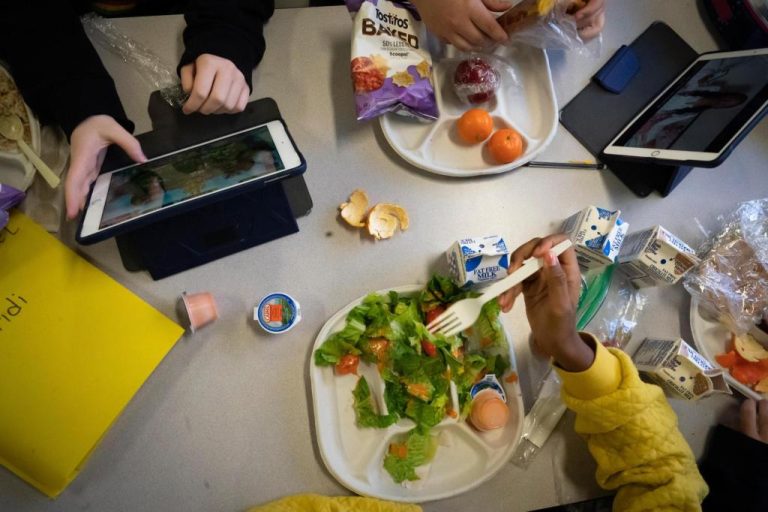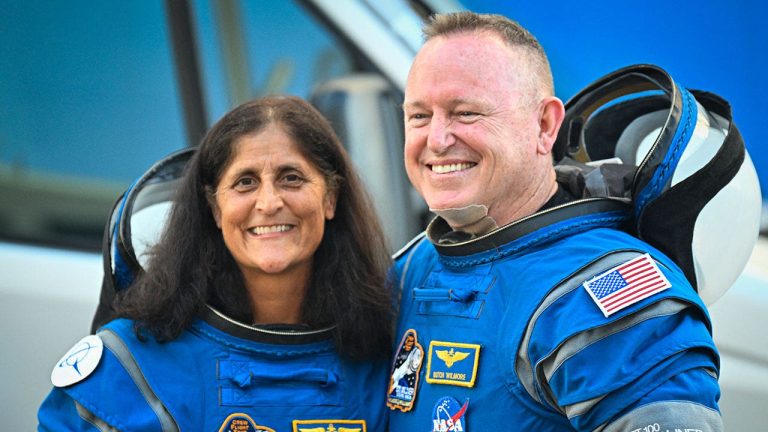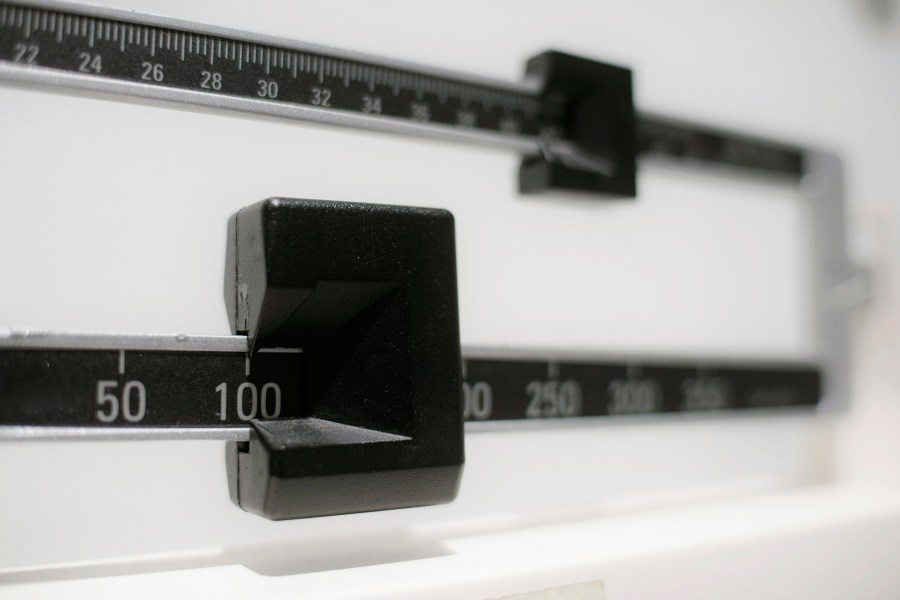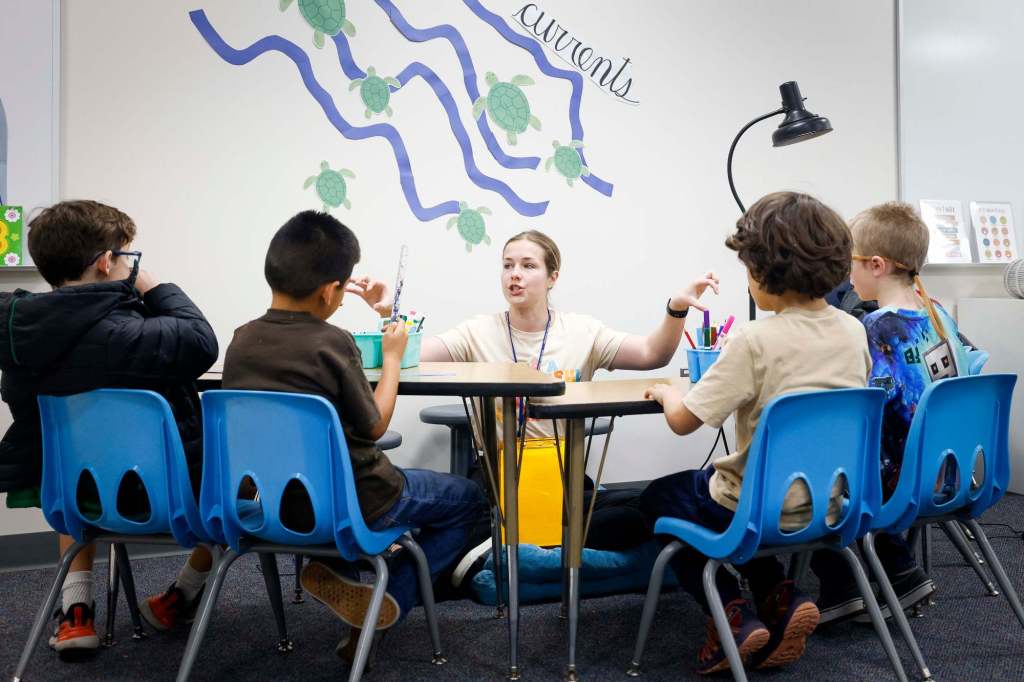
The fifth-grade Overland twins detailed at length how they would plan to get off of an island. As part of a group teamwork activity at school, each student had to come up with an object that would help them escape.
Alexander said he’d offer a boat — “Steamboat Willie,” he called it. Zachary would contribute gas.
The 11-year-olds are participants in the new Lighthouse space that opened last month at Doris Miller Elementary School. The program, a collaboration with youth-advocacy organization SAY San Diego, aims to help military-connected students with their mental health, with the help of funding from the Prebys Foundation.
The school’s students, 98% of whom are from military families, sometimes struggle with feelings of sadness, separation anxiety and depression, and previously those feelings would often show up in negative ways at school.
On Thursday, Monica Moon, director of SAY’s military family collaborative and resource center, sat on the center’s floor with the boys and The San Diego Union-Tribune, encouraging them to speak about their experiences there.

When the students had begun the teamwork exercise discussing how to get off the island, Zachary said, a lot of the boys in the group didn’t listen. At first, they spoke over each other and came up with repeat items.
But then each student took turns speaking holding the “talking stick” that designated when it was his turn — the better not to talk over each other. As they spoke, they ensured everything they planned to contribute would work together to help them get off the island.
“We learned how to talk with others, and help others, and be kind when one person’s speaking, and don’t talk over that other person,” said Zachary.
Principal Denise Goulart says the space has helped improve students’ behavior.
“We used to have a revolving door of discipline issues that has pretty much ceased,” she said. “We have our outlier students, of course, that come in that need just additional support — but for the most part, there’s a safe place for students somewhere here on this campus where, when there are concerns that come up, they can be seen.”

In the Lighthouse space, the school’s wellness team and SAY San Diego work together to offer weekly lessons in their social and emotional curriculum, along with weekly social and emotional support to their identified students.
Recess activities and cultural crafts are offered, and families are connected to resources to support their own social and emotional health.
The twins have lived in San Diego for three years now. It was a difficult adjustment at first, but over time, they’ve made friends. (Alexander’s trick for making them: Ask one friend to introduce you to a new one.) The city began to feel more like home once they did.
The Lighthouse space has helped them do that.
For Zachary, the space has also helped him develop the skills to ensure his feelings don’t “explode one day.”
“I try to tell most people, like, ‘This happened in my life, this happened’ — so I don’t get too mad and explode on one person,” he said.


